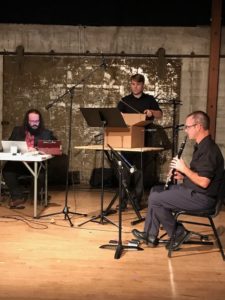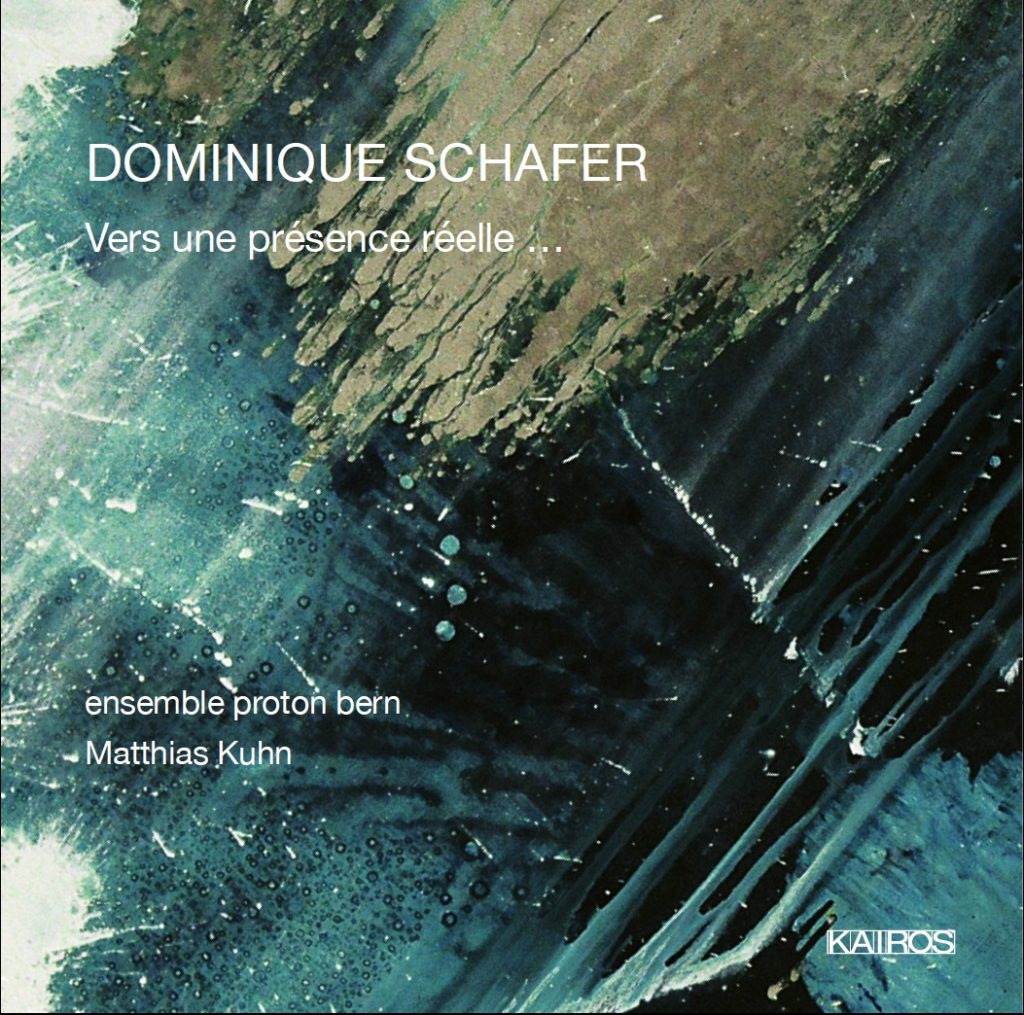Another theme of this year’s Proms is the 150th Anniversary of the birth of Henry Wood, the founder of the Proms. This celebration includes a survey of works which he introduced to Britain, and their number is legion, ranging from works of British composers, to composers such as Ravel and Sibelius, through works of Schoenberg and Webern. This anniversary was also the occasion for a concert at Holy Sepulchre London (Otherwise known as St. Sepulchre-without-Newgate}. Henry Wood’s father was a tenor in the choir of the church, and Wood himself studied organ at the church and later became assistant organist. He is also buried there, and there is a memorial window to Wood (along with windows to John Ireland, Nellie Melba, and Walter Carroll) which was dedicated in 1946, in the side chapel of the church, which has, since 1955, been designated as The Musician’s Chapel. There is a book of remembrance, maintained by Friends of the Musician’s Chapel memorializing many musicians, including John Cage. This concert, on August 17, was presented by the BBC Singers, conducted by Sofie Jeannin, was. in fact. a showcase of 20th and 21st century British choral music. The concert opened with Where Does the Uttered Music Go? by William Walton, setting a poem by John Masefield, who was at the time Poet Laureate of The UK, which had been written for the dedication of the Henry Wood memorial window, and it ended with a short new piece by Joanna Lee, At This Man’s Hand, a BBC Commision, setting a short poem by Masefield which is in fact in the window. In between those two works the concert included shorter pieces by John Ireland, Vaughan Williams, Helena Paish (a winner of the INSPIRE competition for young composers), and Eizabeth Maconchy. There were also three large works, Sacred and Profane by Benjamin Britten, Rorate Coeli by Thea Musgrave, and Missa del Cid by Judith Weir.
Sacred and Profane, written in the last year of Britten’s life, is a set of eight relatively short pieces setting texts in Middle English. One might cynically think that Britten was trying to recapture the success of the Ceremony of Carols, whose texts are also in Middle English, but Sacred and Profane is much more astringent both in sound and in manner, and comes off as being downright forbidding. The Musgrave, setting texts of the Scottish poet William Dunbar, is intense and loud and exciting, and somewhat unvaried. It leave an impression of being a big impressive block of continuous sound, without all the much detail–certainly not in clarity of its text.. Judith Weir’s Missa el Cid, combines parts of a translation of a Spanish medieval poem celebrating El Cid’s reconquest of Spain from the Moors and some of the text of the mass, presenting and shaping the story of El Cid in the form of the mass The use of a speaking narration at the beginning of each section is reminiscent of the manner of Weir’s earlier work King Harald’s Saga, and the effect here, as in the earlier piece, is clever, oddly dramatic, and effective.
Music by Walton, which began the concert on August 17, ended the Prom presented on August 20 by The London Symphony Orchestra, along with the London Symphony Chorus, and Orfeó Català and the Orfeó Català Youth Choir, conducted by Sir Simon Rattle. The choruses consisted of many singers, and they and the orchestra, assisted by two brass groups, made a big sound in Walton’s Belshazzar’s Feast one of the archetypal big British works for chorus and orchestra, which more than filled the enormous space of the Albert Hall. Gerald Finley was the baritone soloist. Their performance was vivid and full of detail and exciting.
The concert began with Les Bandar-log by Charles Koechlin, and Edgar Varèse’s Amériques in its original version of 1921. The Koechlin, evoking Kipling’s The Jungle Book, where the band of monkeys are called by a Hindi term, ‘bandar-log’, to satirize musical trends and contemporary composers of the 1930s, using 12 note tunes and neo-classical fugual textures to portray the composers as gleeful followers of any newfangled trend that comes along. Koechlin was an extremely subtle and skillful composer, and a fabulous orchestrator, and his satire is achieved through the most polished and suave means, producing a very engaging narrative. Varèse started Amériques, his biggest single work, in New York right after he had immigrated to the United States and it is full of what could be described as big city music, portraying the sounds of New York as, he wrote, “all, discoveries, all adventures….the Unknown, new worlds on this planet, in outer space, and in the minds of man.” That big conception is realized with extravagant abandon, with lots of notes and lots of sound produced by an enormous orchestra, including 13 percussionists who seem to play continuously. For all its excessive motion and hyperactive surface, the work is essentially static, and, for this listener, anyway, wears out its welcome before it stops, but it’s exciting and bracing all the while it’s going on. It was striking how well matched the three enormous, noisy and not immediately apparently compatible pieces fit together to make an interesting and satisfying program featuring both their differences and their similarities in languages and manners and spirit..
The Prom on August 18 was billed as ‘Youthful Beginnings”, consisted of firsts: the first Symphonies of Beethoven and Shostakovich, as well as Clara Schumann’s Piano Concerto, written when the composer was sixteen, and Sofia Gubaidulina’s Fairytale Poem of 1971, her earliest completely orchestra work. The work is a piece of program music telling the story of a piece of chalk, who, although dreaming of drawing wonderful castles, gardens, and the sea, finds itself used for writing boring words, numbers and geometric figures. Just as the chalk has become worn down (literally) from all of this dreary work, it finds itself in total darkness and assumes it is dead. However the darkness is the pocket of a boy who has taken the chalk, and put it in his pocket. He uses the chalk for drawing pictures of wonderful castles, gardens, and the sea on sidewalks, so in the end the chalk finds happiness even though it also finds its extinction. The clarity of the story telling in Fairytale Story is not all that clear, but it is, nonetheless, continually and completely interesting and compelling as music.

